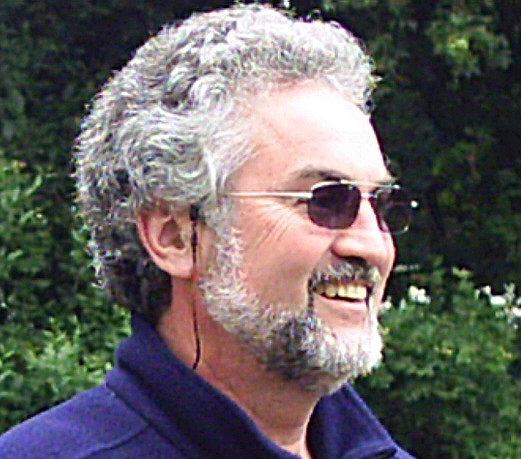|
|
 |
 |
 |
 |
 |
 |
 |
 |
 |
 |
 |
 |
 |
 |
 |
|
After leaving Gura Humorului, we rode through a few rain showers to several small villages and eventually came to Solonetu. I was greeted twice in Polish with a hearty “Dzien dobry!” and they were surprised when I came back with “Dzień dobry. Jak się masz!” It always pays to learn a few words in every European language.
Solonețu Nou is one of the Polish villages in Suceava County, Southern Bukovina in Romania. It was established in 1834 by 30 Polish families from the Sołoniec river valley. A Polish school was founded in the village in 1870. 523 people from the village were deported to Poland after 1945 and the school was closed. After the Romanian Revolution of 1989, the Polish school was reopened. In 1995 there were 718 inhabitants in the village. The Polish community from Solonețu Nou (together with those of Solca, Pleşa, Racova and Arbore of the Cacica Community) has 365 families with 1046 Roman Catholics of Polish ethnicity.
|
|
|
|
 |
|
|
|
Polish Girls in Solonetu Nou
|
|
|
 |
|
|
|
Polish Pope - John Paul II
|
|
|
|
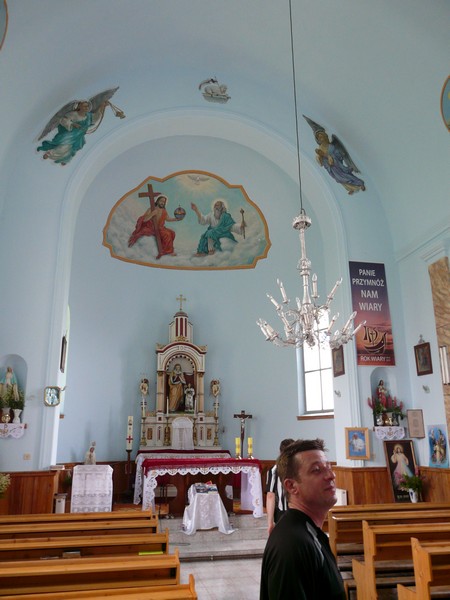 |
|
|
|
Bogdan in the Catholic Church in Solonetu
|
|
|
|
 |
|
|
Solunetu lies on top of a high mountain.
|
|
|
|
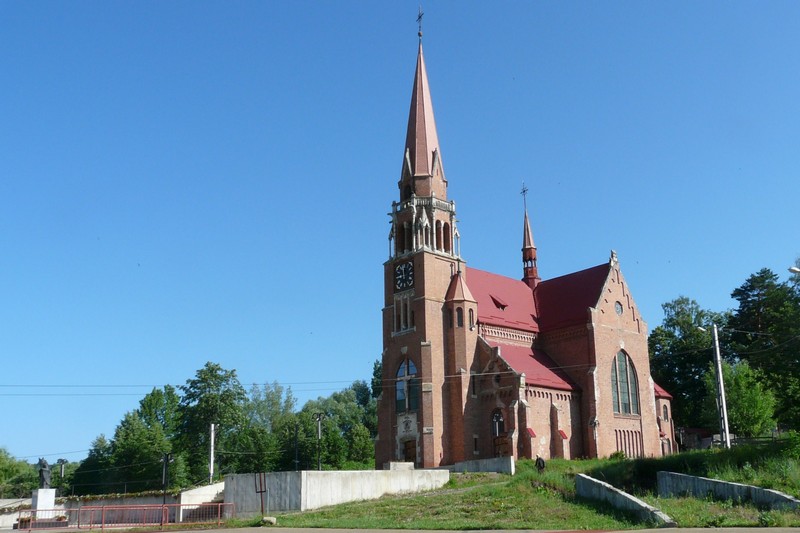 |
|
|
|
Polish Catholic Church - The Largest Structure in Cacica
|
|
|
|
Cacica is a village in Northen Romania, Suceava county, in the region called Bucovina. It is not far from the major attractions (the painted monasteries). At the 2011 census, 75% of inhabitants were Romanians, 20% Poles and 4% Ukrainians. Its Polish inhabitants are descended from settlers who arrived there at the turn of the 19th century.
|
|
|
|
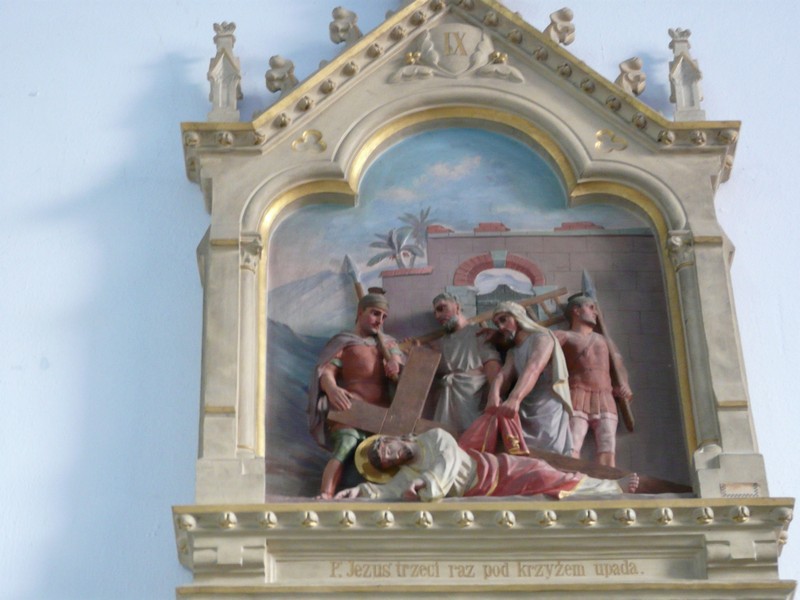 |
|
|
 |
|
|
|
18 kilometers away from Gura Humorului, the Cacica salt mine represents the most important tourist attraction of the region. Since Cacica is located at the boundary between the mountains and hills, the climate made the formation of salt deposits possible many thousands of years ago. The name of "Cacica" has its origins in the Polish "kaczika", meaning "duck", because there used to be many lakes with wild ducks in the region.
|
|
 |
|
|
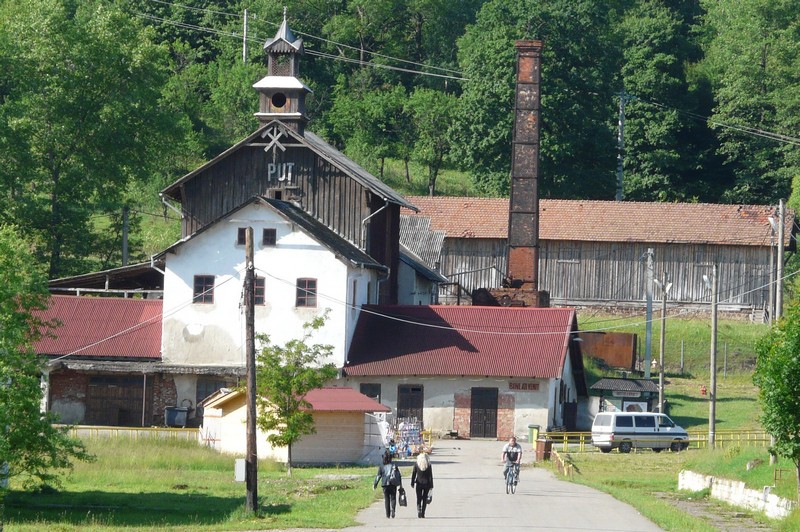 |
 |
 |
 |
 |
 |
 |
 |
|
 |
 |
 |
 |
 |
|
Entrance to the Salt Mine in Cacica
|
|
|
|
 |
|
|
|
Laici and Chris before the Descent
|
|
|
|
In the first room, 25-29 meters deep, a Roman-Catholic chapel was built in 1806 from the initiative of the Polish priest Jakub Bogdanowicz. It’s called the Church St. Barbara (Varvara), and was a prayer room for the miners, and even today services are held there. To reach the chapel, you have to go down a ladder with almost 200 steps. The orthodox chapel situated 35 meters deep was built in a gallery dug directly into the salt.
|
|
|
|
 |
|
|
|
Bogdan in The Prayer Chapel
|
|
|
|
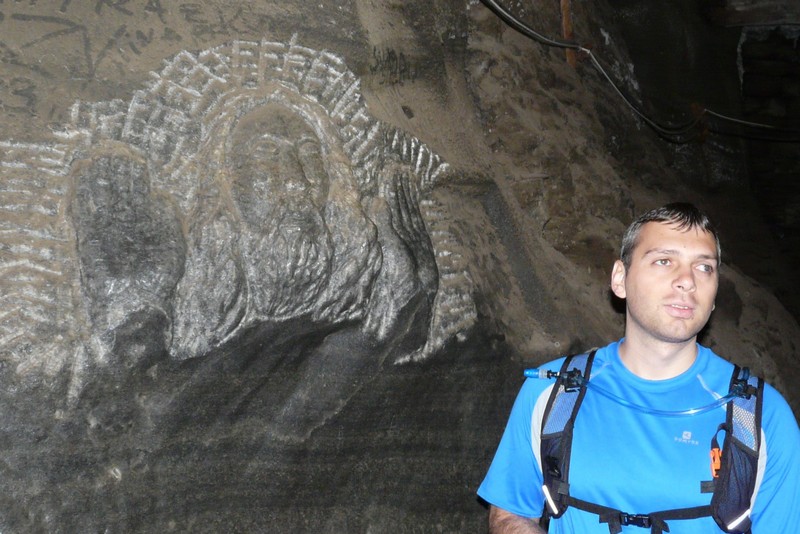 |
|
|
|
Cosmin next to a Sculpture “St. Daniel - The Hermit”
|
|
|
|
Sculptures carved in the salty rock were created by young artists. The sculptures have religious themes, some being similar models with the ones from Wieliczka salt mine near Krakow.
|
|
|
 |
|
|
|
Laici Admiring the Anatomy of “Adam and Eve”
|
|
|
|
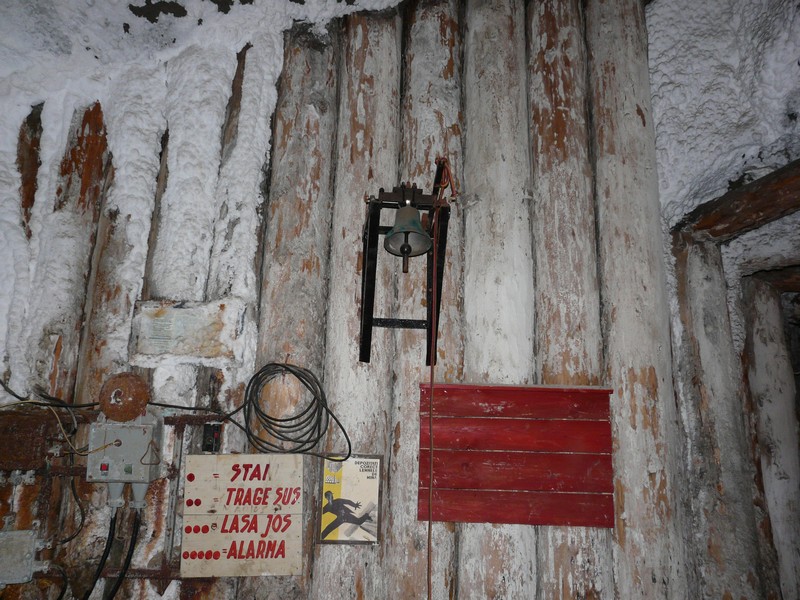 |
|
|
Warning Bell
|
|
|
|
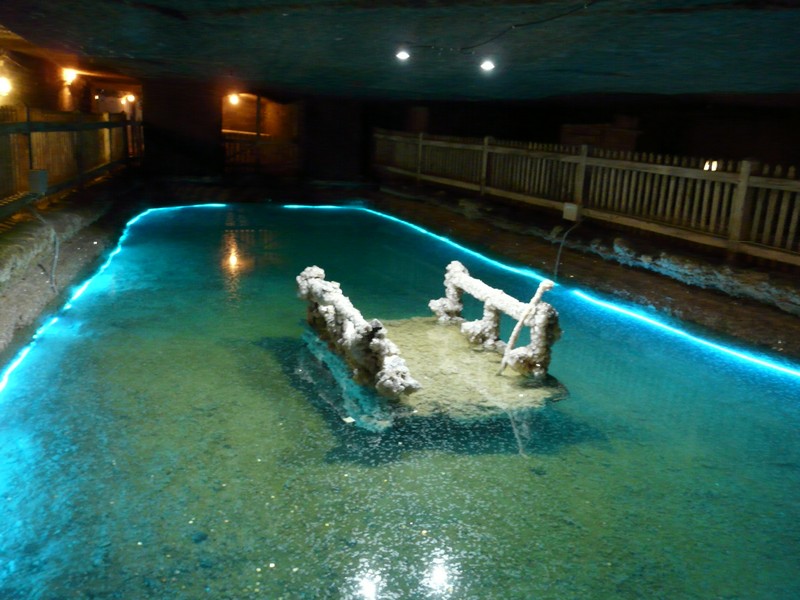 |
|
|
Raft Boat Saturated with Salt Water
|
|
|
|
The small salty brine Lake, dug manually by miners, is located 42 meters underground; its dimensions are 10 x 6m and 1,5 - 2,5 m deep. The saturated brine in which salt crystals formed throughout time can be seen in the poor light.
There is a wooden raft on the lake, which used to carry guests invited at the parties organized for the Ball Room. King Carol I rowed this raft in 1902. The young people who were about to get married publicly confirmed their intentions by rowing on the lake.
|
|
|
|
 |
|
|
|
Relaxing in the Ball Room - It was cold down there.
|
 |
|
|
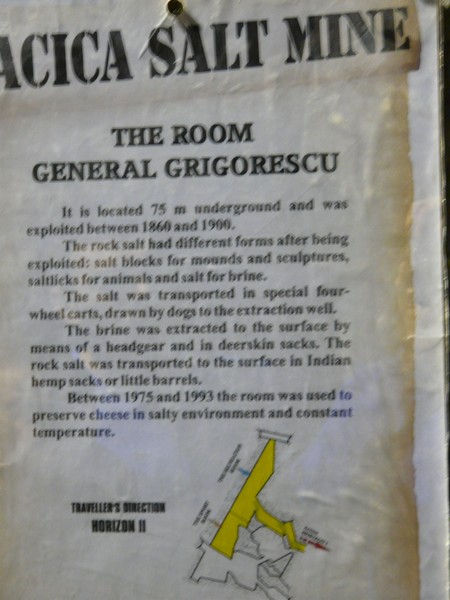 |
 |
|
|
 |
 |
 |
|
Dining Room
|
 |
 |
|
Clock Operated by Gravity and the Earth’s Rotation
|
 |
 |
|
Although the mine has long since been closed, experts say that the giant salt mountain in Cacica could supply enough salt for all of Europe for the next 400 years.
|
|
